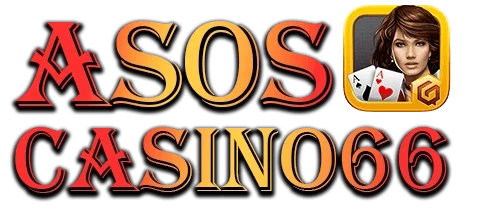The narrative of PlayStation’s first-party studios—Naughty Dog, Insomniac, Santa Monica Studio—is ahha4d well-documented and rightly celebrated. However, to attribute the platform’s historic success solely to these internal powerhouses is to overlook a crucial chapter in its history: the era of the seminal second-party partnership. During the PS1 and PS2 generations, Sony actively cultivated relationships with independent developers, funding and publishing exclusive titles that became system-sellers in their own right. These partnerships were a masterstroke of strategy, allowing PlayStation to build a diverse and iconic library without outright acquisition, and in the process, they forged the very identity of the brand as a home for bold, innovative, and sometimes bizarre experiences.
The original PlayStation’s victory was secured not just by its CD-ROM technology but by the unforgettable worlds built by these allied studios. Games like Crash Bandicoot, developed by Naughty Dog when they were an independent second-party, became the mascot Sony desperately needed. Similarly, Spyro the Dragon from Insomniac Games and the genre-defining horror of Resident Evil from Capcom (a timed exclusive that felt like a second-party deal) gave the platform a distinct edge. These weren’t just games; they were statements. They defined the PlayStation’s youthful, slightly edgy, and technologically ambitious personality against its competitors, proving that strategic collaboration could be as powerful as internal development.
This strategy reached its zenith on the PlayStation 2. The console’s unprecedented success was built on a foundation of landmark second-party and exclusive third-party deals. Metal Gear Solid 2: Sons of Liberty, from Konami, was a cultural event that showcased the PS2’s technical prowess and narrative ambition. Final Fantasy X from Squaresoft became an iconic JRPG that pushed the limits of storytelling and graphics. From Software’s Armored Core 2 and Team Ico’s Shadow of the Colossus (a second-party title from a Sony-owned but highly autonomous studio) offered deeply niche but profoundly impactful experiences that are still discussed today. These partnerships filled every conceivable genre, ensuring that no matter what a player’s taste, there was an exclusive, must-play title on PlayStation.
The legacy of this era is profound. While the modern strategy has shifted towards full acquisition—turning second-party partners like Insomniac into first-party pillars—the philosophy remains the same: secure exclusive content that defines the platform. The games born from these partnerships did more than just sell units; they established a culture of quality and diversity that PlayStation fans still expect. They demonstrated that the “best” games could come from anywhere, and that by empowering creative visionaries with funding and platform support, a console manufacturer could curate a library that felt both incredibly broad and unmistakably unique. This era of collaboration built the house that PlayStation still lives in today.
